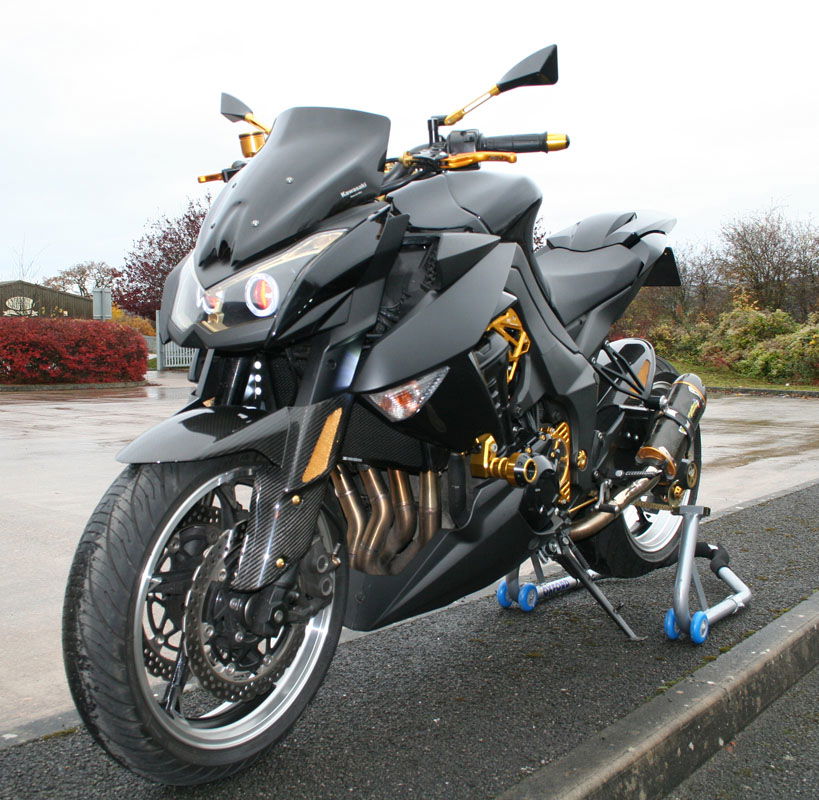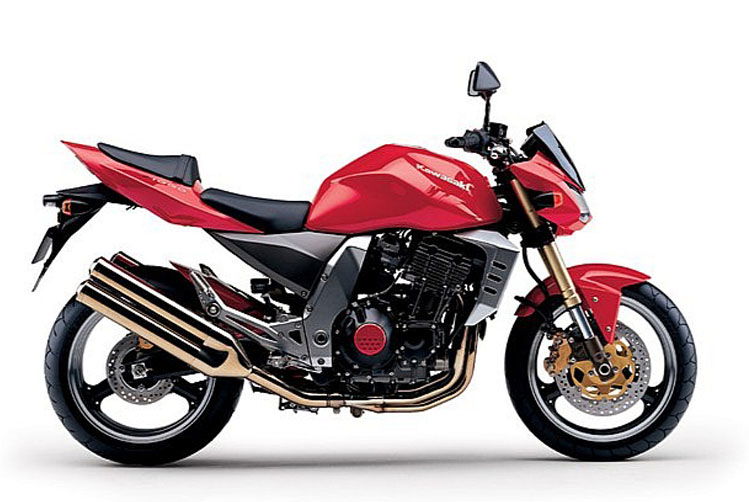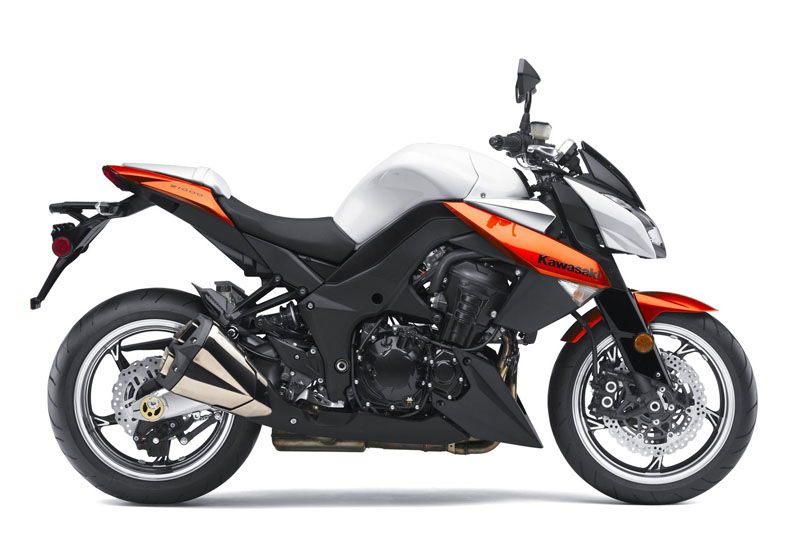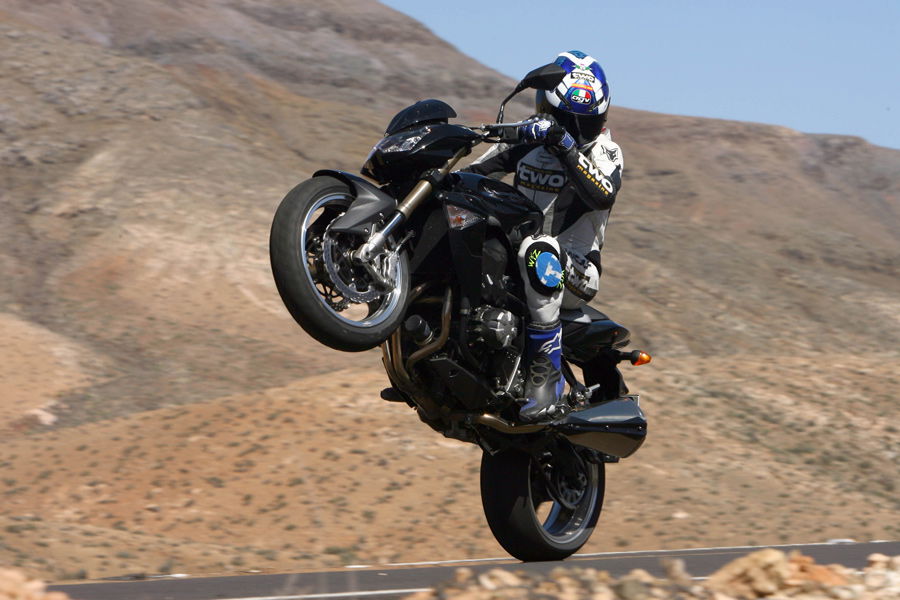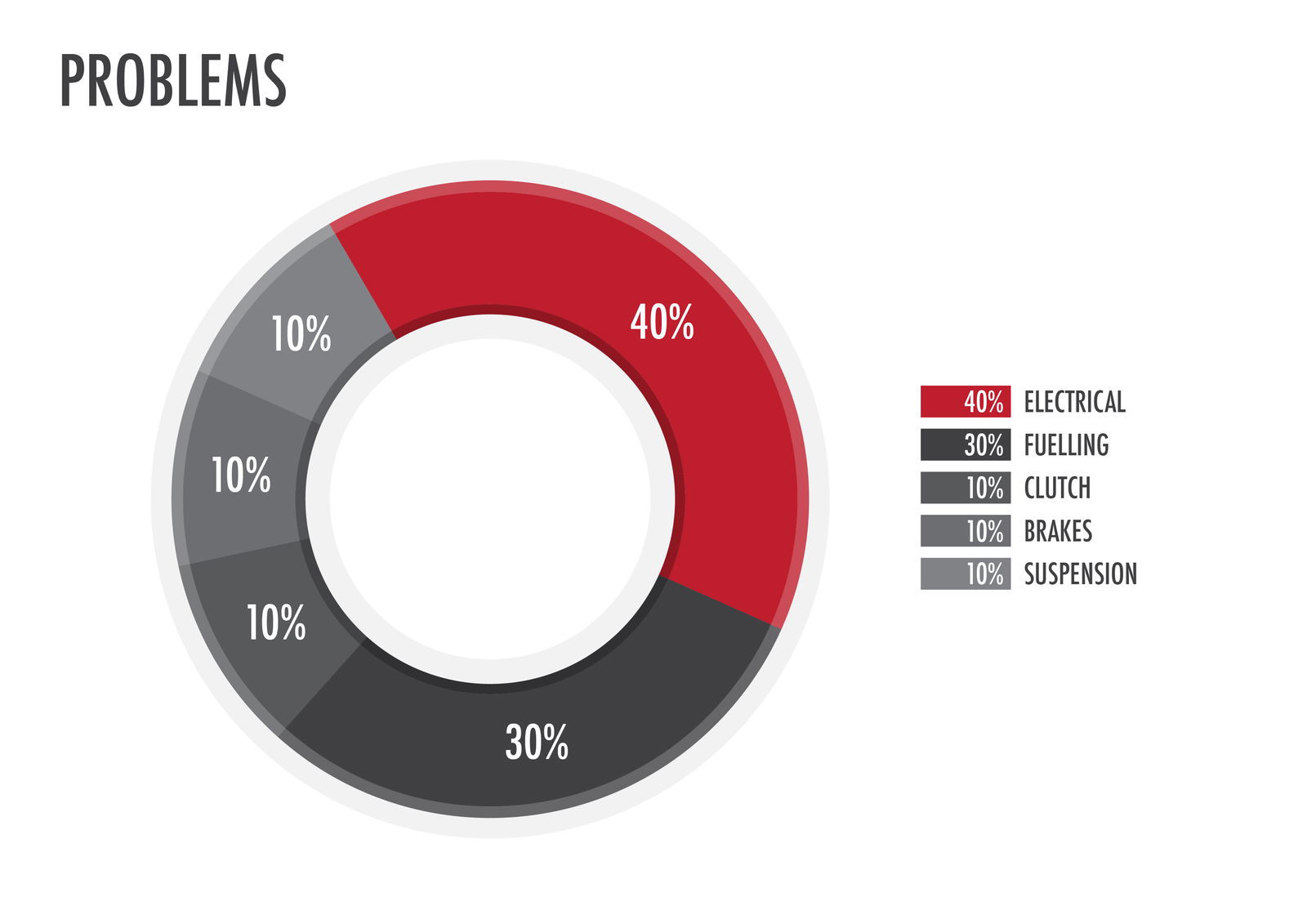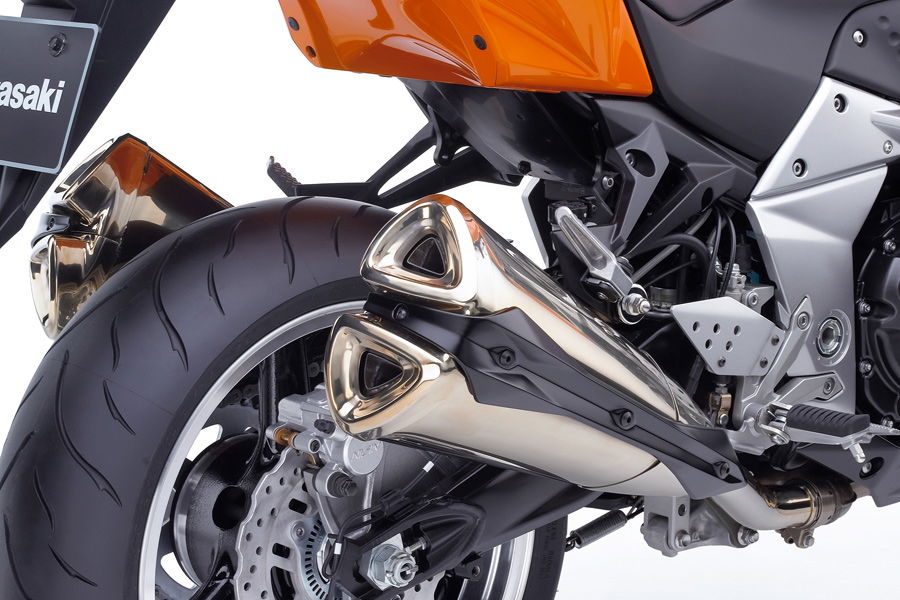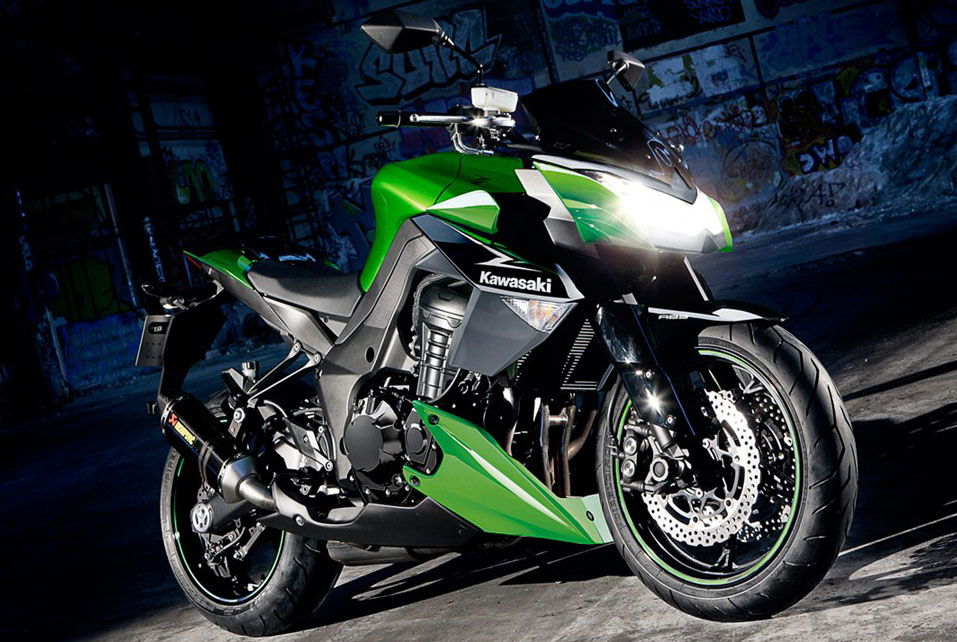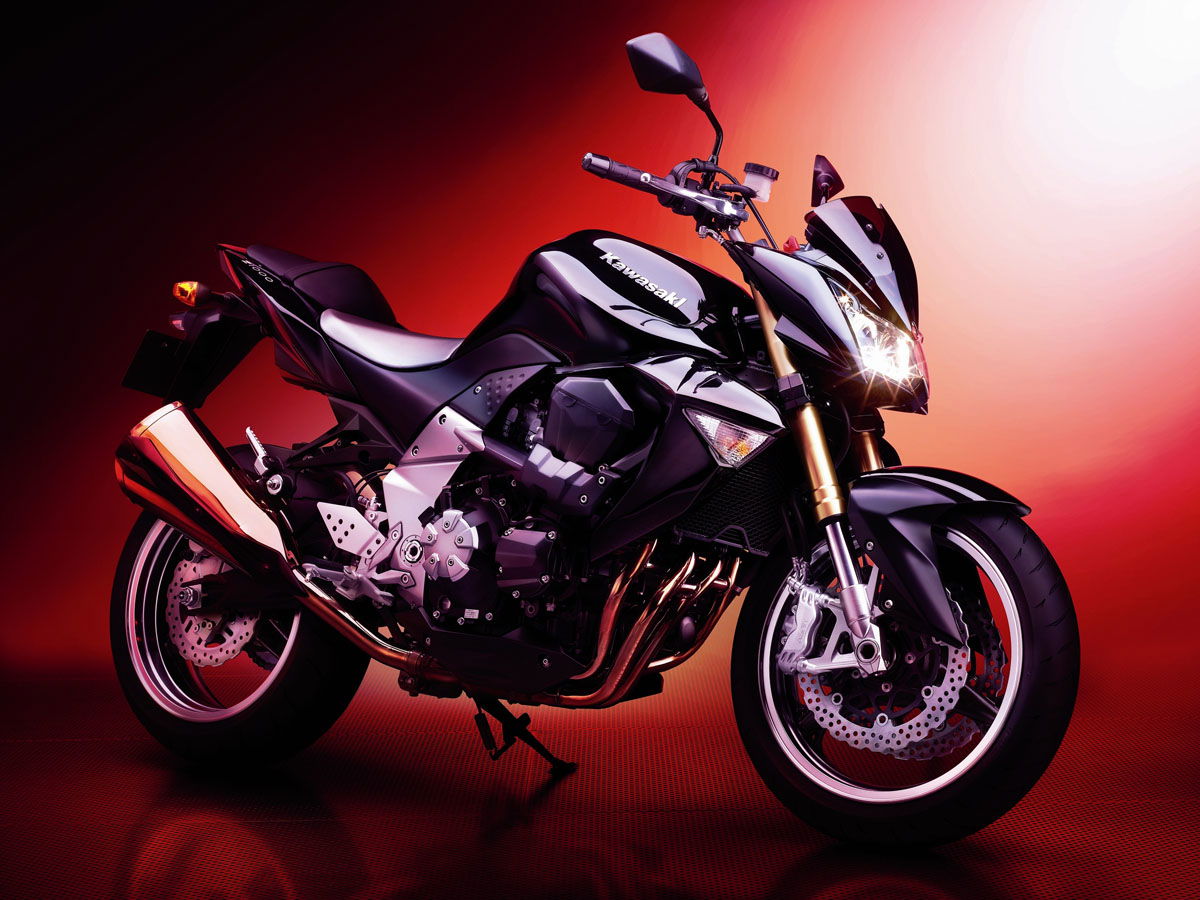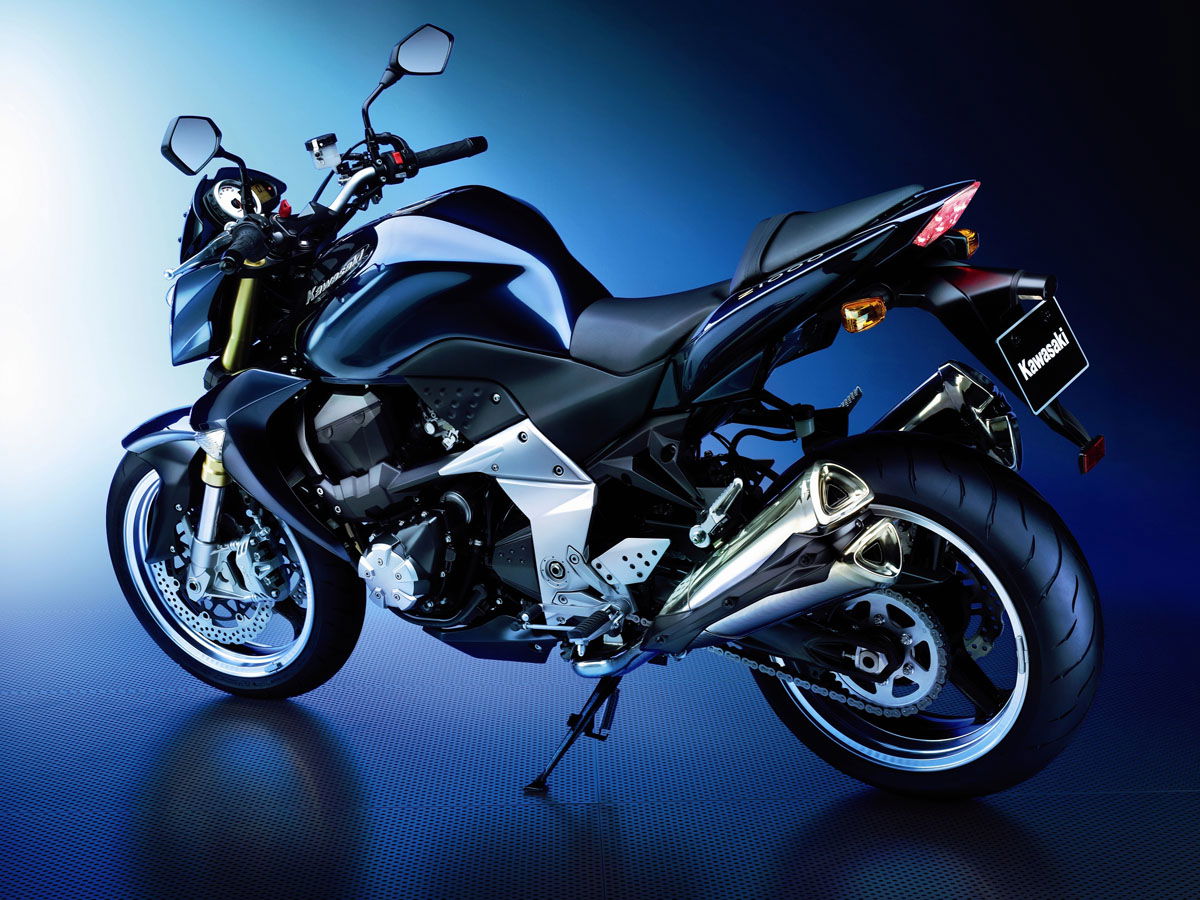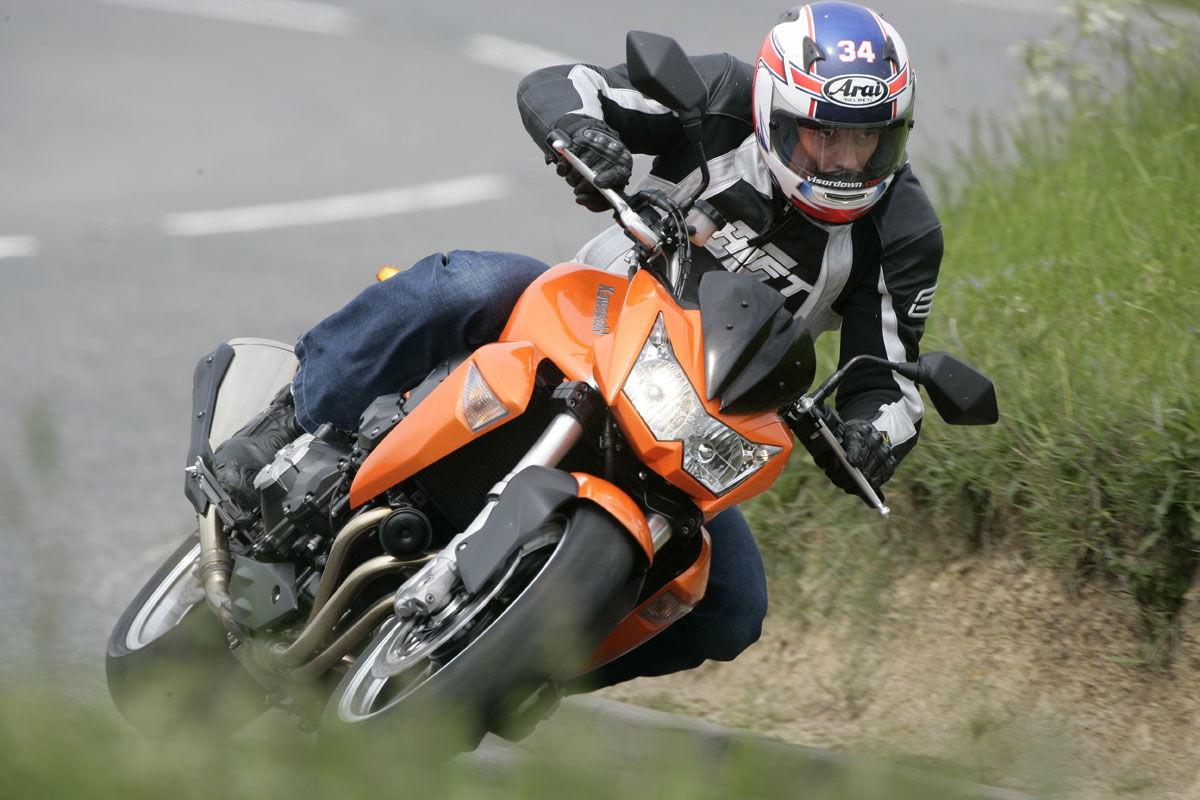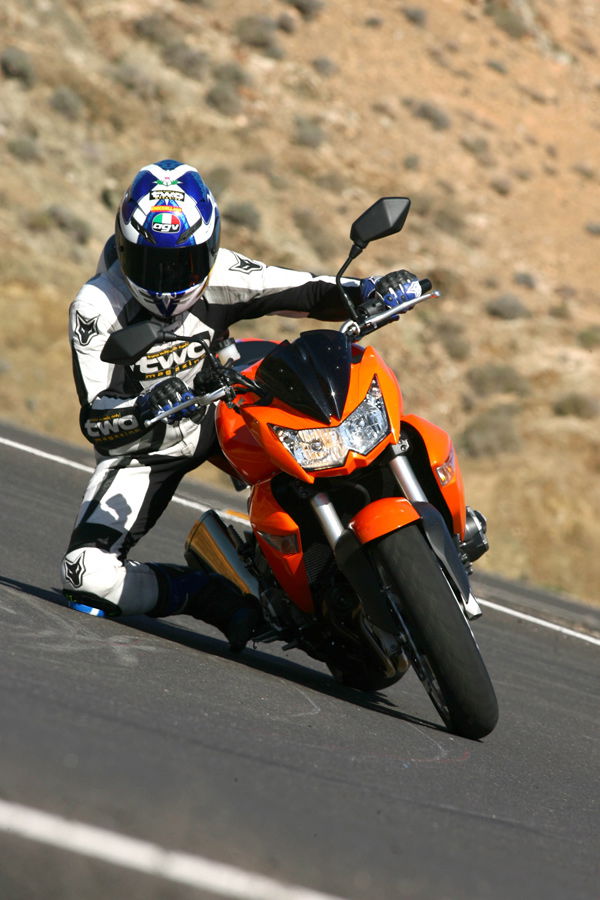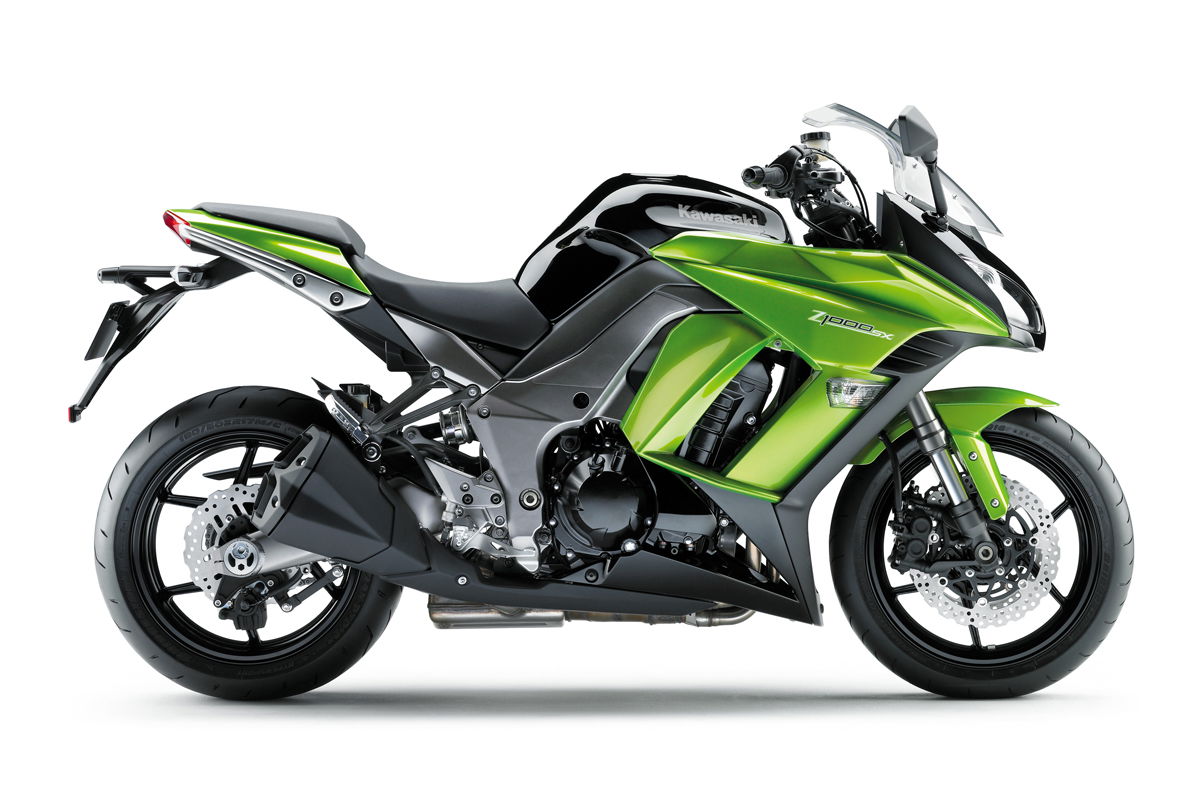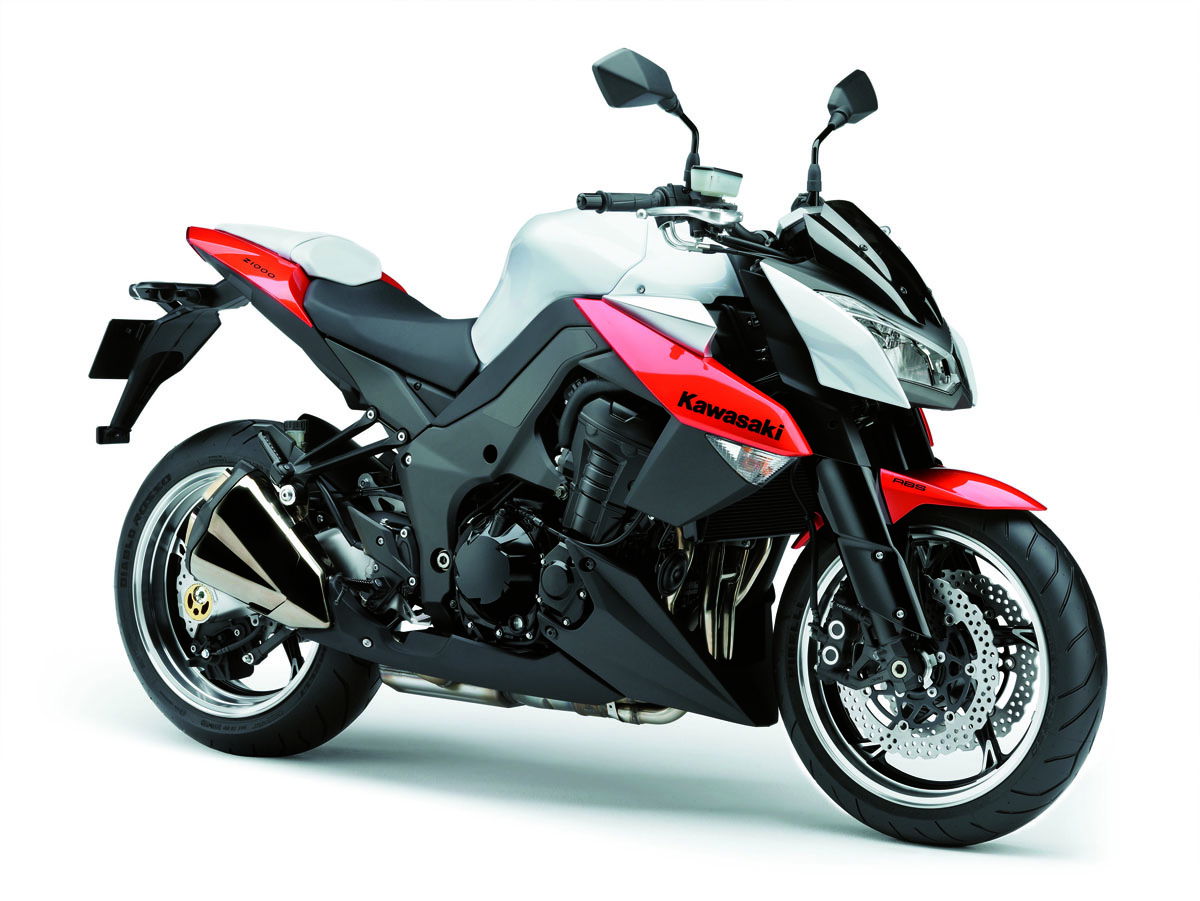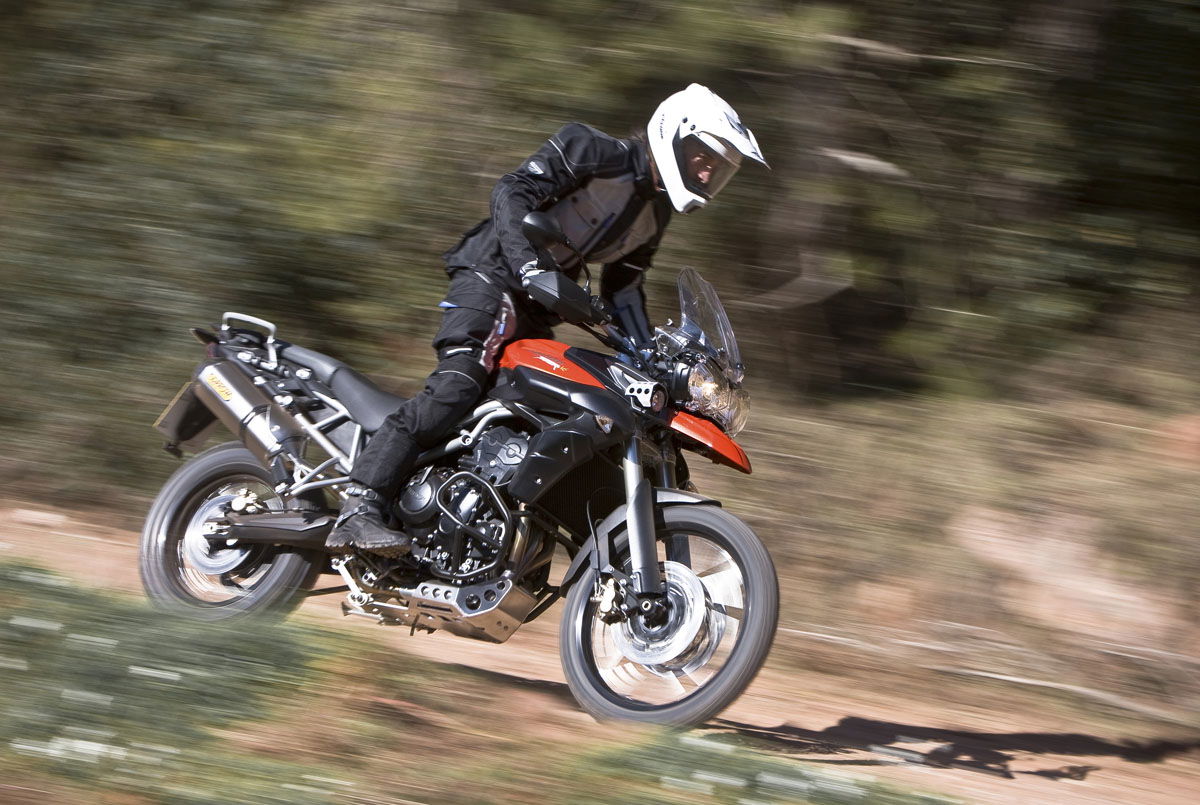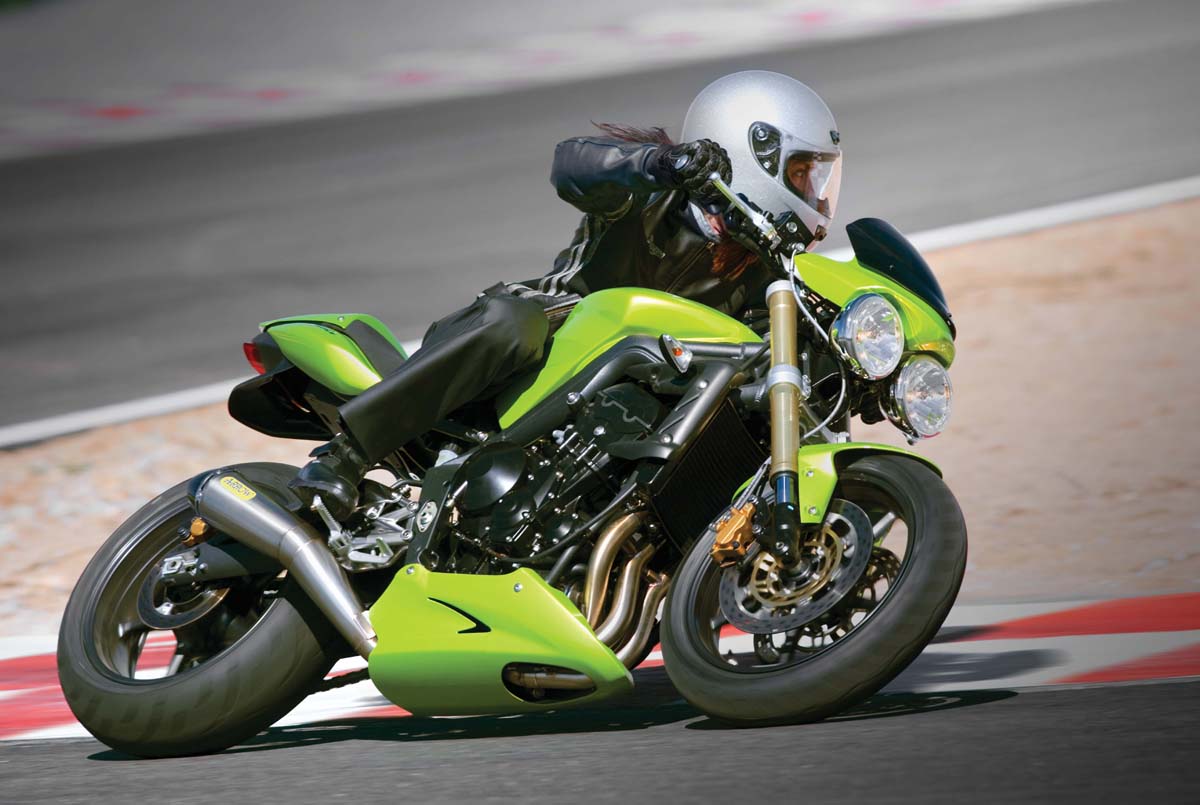Buyer's Guide: Kawasaki Z1000
Our definitive guide to buying and owning Kawasaki’s big supernaked

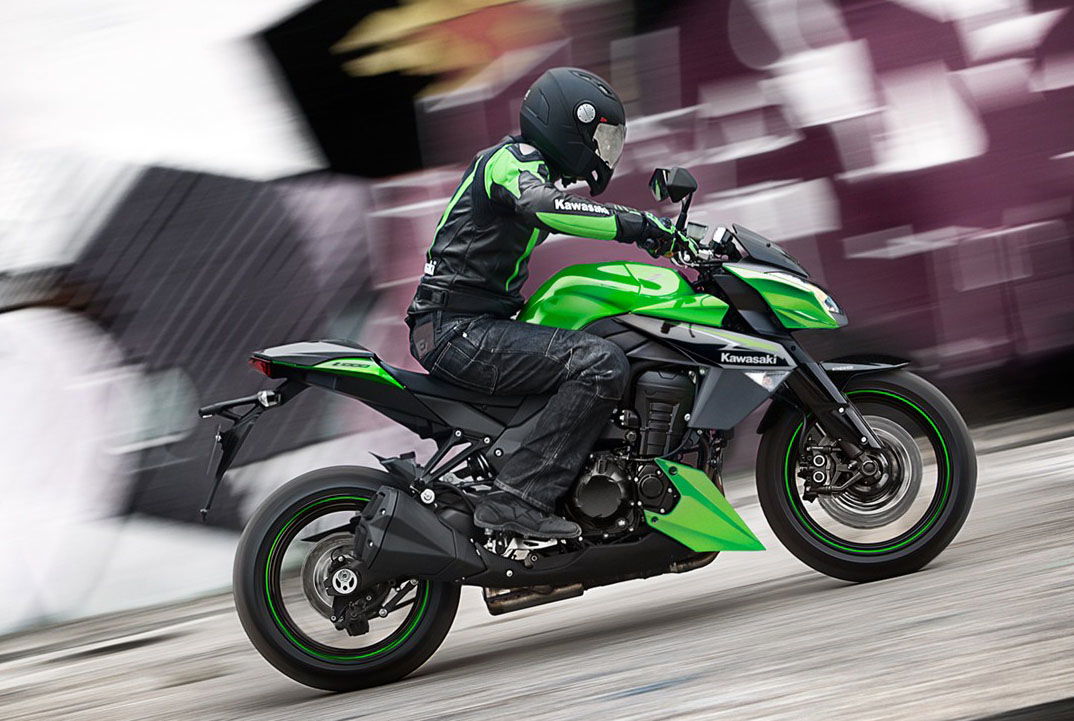
THE Z1000 (formally designated the ZR1000) was launched in 2003, to celebrate the 30th anniversary of Kawasaki’s legendary Z1 of the 1970s. An exceptionally stylish bike – arguably the best-looking Japanese nakeds of the day – the new Zed was big and bold, from its hard-man scowl to its double-barreled exhaust. 123 bhp from its bored-out (to 953cc) ZX-9R engine gave it ferocious top-end poke, yet it was tame enough to pootle about town on.
In 2007 Kawasaki freshened the Thou, with slicker bodywork and more low-end torque, before completely redesigning it for 2010, with styling that was not so much muscular as madly pumped with steroids, a 90cc bigger engine with a 13 bhp gain (though the latest bike was 20kg lardier than the ’03 model) and standard ABS. 2011 saw the release of a separate sport-touring version, the Z1000SX, with a fairing and tweaked suspension, and optional panniers and ABS.
The Z1000 has a faithful following – though its smaller brother, the Z750, has surpassed it in the popularity stakes. The market is full of Zeds of all generations, and if you’re looking at buying one, we’ve got all the information you need to arm yourself with.
Visordown owner survey
58 owners took the time to fill in our survey; we thank them for their input. Collectively they’ve travelled over 500,000 miles on their Zeds, and we’ve distilled all their experiences to bring you the key information on buying and living with the Z1000.
The majority, about 61%, of respondents own the latest-generation model, with over half of them owning a 2012-year bike. The rest are evenly split (just under 20% each) among the first and second generation Z1000s. Nearly half (48%) of our sample bought their Zeds brand new, while a further 28.5% bought bikes with less than 5,000 miles on the clock. But more than 36% of them now have more than 10,000 miles on their odos, with three respondents topping 30,000 miles.
Tyres
The 2003 Z1000s left the factory wearing Bridgestone Battleax BT-01 rubber, while subsequent models switched to Dunlop Sportmax tyres (Qualifier PTs on the ’07 generation and D210s on the current bikes). These still account for the rubber on 47% of our respondents’ bikes, in a corresponding 1:2 proportion.
The most common aftermarket tyres fitted on the Z1000 are Michelin’s Pilot Power 2CT and Pilot Road 3; other popular choices Pirelli’s AngelST and Diablo Rosso Corsa, and Continental’s ContiMotion andSport Attack.
Fuel economy
With their big, inviting engines, Z1000s seem to be slightly thirsty machines, with 28.6% of owners’ bikes failing to return 35mpg. That said, 60% of respondents got between 35 and 42 miles to th gallon, with 40 mpg the mostly commonly quoted figure, and one careful soul even reported 50 mpg. Click the graph on the right hand side to see the detailed breakdowns of the Z1000’s miles-per-gallon figures according to our survey.
Fit and finish
Z1000s are known to be well-built bikes, and every single owner who filled in our survey said they were pleased with their Zed’s fit-and-finish, so well done Kawasaki. One respondent did however mention that winter salt appeared to cause the engine’s paintwork to flake.
Click ‘next page’ to read about the Kawasaki Z1000’s most common problems, modifications and accessories, servicing, used prices and more.
DEALER OPINION
Steve Hodder - General Manager, Bristol Kawasaki: "The first generation Z1000 was a popular bike – reasonably priced, with aggressive styling and quality noticeably better than the previous crop of bikes. Purists didn’t like the fact that the bike shared its name with the 1970s original, though. This model is becoming a bit of a cult bike now. People like the shotgun exhaust and especially love the bike in green. The second generation model, with the changes in the motor and the bulbous exhaust, was less well received. It still sold quite well, and again the green was very popular. Buyers tended to preferr the non-ABS model.
"But it’s the latest model that has been a phenomenal success. It’s the best of the lot, in my opinion – a true streetfighter, with its torquey engine and in-your-face styling. It handles very well and feels lighter than it is. It’s brilliant around town and in country roads, and still looks fresh and sharp in its fourth year. Almost everyone who test-rides it has ended up buying one. However the gearing is a bit short, making it rather busy on the motorway, so we suggest going one tooth down on the front sprocket. Many customers say the fuel tank is too small. The bike is fit for purpose, but not the best all-rounder, because of the tank range and the slightly hard seat. The best-selling accessories are exhausts, screens and radiator guards.
"All three generations have been virtually vice-free. The motor is unbustable, the chassis doesn’t corrode, and warranty claims have been few and far between."
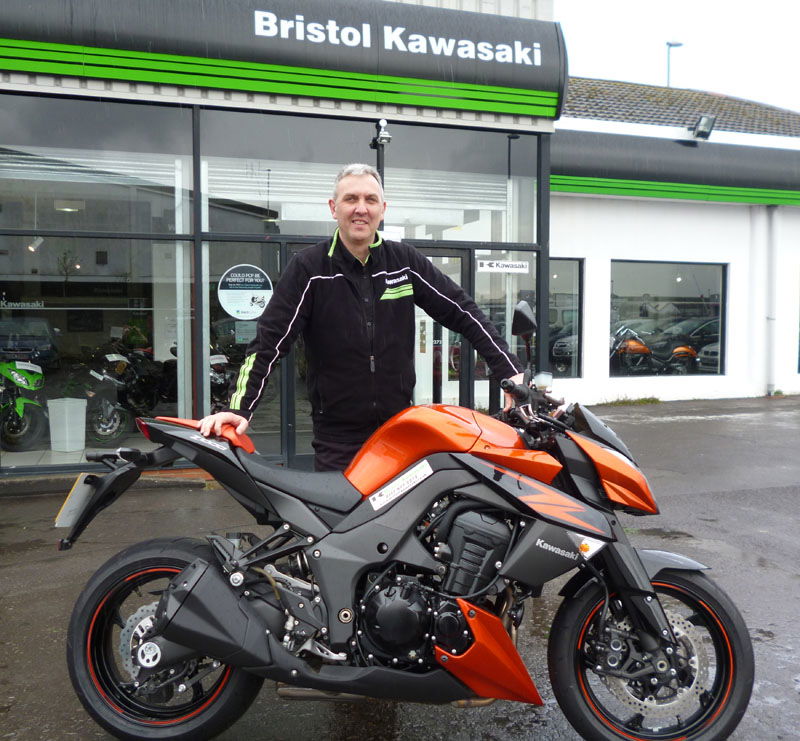

Problems
The Zeds are reliable bikes; a reassuring 88.6% of respondents said they had not experienced any problems.
Of the rest, electrical and fuelling problems accounted for the most owner complaints, with suspension, brake and clutch issues making up the rest. Specific problems reported include a master cylinder leak, a valve cover leak, starting trouble, fuelling glitches at higher altitudes and a faulty horn.
Kawasaki issued a factory recall in 2010 to replace the front brake hose, following a potential issue where under extreme front suspension compression, the front brake line may curl towards the brake disc and make contact with it.
Improvements and accessories
The leading items on owners’ wishlists are improved suspension and a more comfortable seat. Stronger headlights, less engine vibration, a better screen and mirrors were also frequently mentioned, while more than one owner wished the Z1000 would lose some weight.
Like the Z750, the Z1000 is a customiser’s dream, and many of our respondents have heavily accessorised their bikes.
The single most changed item on the bike is the exhaust (86.7% of owners), not surprising given its, uh, distinctive design.
More than half of all respondents’ bikes are also fitted with a tail tidy (75.6%), aftermarket brake and clutch levers (62.2%), mini or integrated indicators (57.8%) and a windscreen (51.1%),with braided steel brake lines (46.7%) and pillion seat cowls (37.8%) also common. Crash bungs, small mirrors, air filters, aftermarket handlebars and bar-ends, bolt kits, belly-pans, rear huggers are other popular fitments. But the list of mods goes on – some 20 other kinds of accessories were mentioned.
Kawasaki’s official Z1000 accessories are: pillion seat cowl, windscreen, tank pad, knee pads, Akrapovic exhausts, front axle sliders, scuff/chip protection kits, and (gulp) a snake-skin seat. No-one in our survey admitted to owning that last item….
Service intervals and costs
After an initial service at 600 miles, Z1000s need servicing every 3,750 miles or every year, whichever comes first. Minor services are due at 3,750 miles, then 11,250 miles and so on; owners report average costs between £80 and £200.Major services are at 7,500 miles, then 15,000 miles and so on; they are reported to cost on average between £225 and £375. Valve clearances will need to be checked every 26,000 miles.
New and used prices
Back in 2003, the Thou cost about £7,300, but Kawasaki currently asks you for £9,099 RRP for a 2013 Z1000. For £200 more you can get the 40th Anniversary edition colours. Of course, discounts of a few hundred quid can be bargained, and we came across dealers hawking unsold 2012 models or ex-demo bikes for as little as £7,500.
Glass’s Guide retail prices start at £3,275 for a 2003 (52-plate) Z1000 with 22,000 miles. A 2007-generation bike with 14,000 miles goes for about £4,500, while the 2010-generation with 8,000 miles is around £5,500. A one-year-old bike with just 2,000 miles on the clock is quite a bargain at £6,550, indicating substantial initial depreciation.
There is no shortage of Zeds in the marketplace; we saw over 125 ads online (97% of which were trade ads), with asking prices from £2,800 for higher-mileage first-generation bikes, £4,200-onwards for the second generation and £5,700-onwards for the current generation. The majority of bikes are accessorised, which influences the asking price.
Useful links
Read our reviews and reports of the 2003 / 2007 / 2010 model Kawasaki Z1000.
See how Visordown readers rate the Z1000, or add your own review.
Looking for a different bike? We have loads more motorcycle buyer guides!
Thanks to all the Visordown readers as well as the friendly folk over at Z1000forum, Kawasakiforums, Kawasakiworld and Kawiforums who responded to our Z1000 owner survey.
OWNER'S OPINION
Paul Hayter: "I've owned many bikes of almost every type in the past – trials bikes, sport tourers, supersport, muscle bikes, street fighters etc – but this 2010 Z1000, which I bought privately in Liverpool a year ago, is by far my favourite.
"The engine produces tons of power (120 bhp at the back wheel as stock; mine currently shows 141 with bolt-on mods). The power curve is nice and smooth and the engine has acres of torque, this Z will pull you up to 155-160mph (electronically limited) in seconds without any problem The handling is awesome and you can throw this 1043cc bike round the twisties all day. I’m aware that some have complained about the rear suspension but I had mine professionally set up (all stock suspension innards) and it handles perfectly. I am fairly top heavy (32" waist 48" chest, I weigh 15 stone and am 5’8” tall) and the lack of a fairing gives me no problems; I am sat bolt upright all the way up to triple figures on the speedo. I do have the Kawasaki ‘tall screen’ which is only an inch or two bigger, with a slight upward sweep to direct the wind over the rider.
"I have added many bolt-on extras just to make the bike a little unique to me. The only performance parts I have added are a full exhaust system (Arrow race headers and Two Brothers Racing stubby end cans), K&N filter, Power Commander 5 and AutoTune. The only modification I’ve done which I believe would be advisable for handling purposes would be a steering damper as the front end can get ‘flighty’ under heavy acceleration.
"I test rode various bikes (including the CB1000R and the new Speed triple) before I purchased the Z and I can say it is by far the best value for money on the road. It just puts the biggest smile on my face every time I ride it. It looks great, rides great and is usable and comfortable in any situation, be it a tour around Europe or a quick ride out around the twisties. I would highly recommend the third-generation Kawasaki Z1000."
